
One week to go until my PhD defense ⏳🎓
To mark this occasion, @unileiden.bsky.social kindly featured my research in their most recent article - check it out below 🧬👩🔬
@sarahmoser.bsky.social
PhD student in the Jonkers lab |📍Netherlands Cancer Institute | exploring DNA repair mechanisms and therapy resistance 🧬💊

One week to go until my PhD defense ⏳🎓
To mark this occasion, @unileiden.bsky.social kindly featured my research in their most recent article - check it out below 🧬👩🔬

𝗖𝗮𝗻 𝗰𝗲𝗹𝗹𝘀 𝗲𝘃𝗲𝗿 𝘁𝗿𝘂𝗹𝘆 𝗿𝗲𝗰𝗼𝘃𝗲𝗿 𝗳𝗿𝗼𝗺 𝗗𝗡𝗔 𝗱𝗮𝗺𝗮𝗴𝗲?Excited to share our new study “Repair of DNA double-strand breaks leaves heritable impairment to genome function”, revealing DNA repair’s hidden cost, out now @science.org tinyurl.com/5n6zw3ye. Led by @sbantele.bsky.social and Jiri Lukas.🧵👇1/n
06.11.2025 23:05 — 👍 122 🔁 48 💬 11 📌 6
What do the naked mole rat and bowhead whale (lives to ~200 years) have in common to explain their remarkable longevity?
Enhanced DNA repair
www.nature.com/articles/s41...
erictopol.substack.com/p/a-long-awa...
The latest work from ours and @vram142.bsky.social lab is out! True teamwork to visualize nascent chromatin with strand resolution, using a fully reconstituted system. Very proud of superstar-PhD student Bruna, and @palindromephd.bsky.social. Learning so much from Vijay’s amazing technologies! RT
21.09.2025 07:12 — 👍 37 🔁 12 💬 2 📌 0Check out the full story here: rdcu.be/eGm9f
15.09.2025 08:23 — 👍 0 🔁 0 💬 0 📌 0
Thank you @aacrjournals.bsky.social for highlighting our recent study on PARP inhibitors and histone turnover! 🧬💊
15.09.2025 08:14 — 👍 8 🔁 3 💬 1 📌 0
Big congratulations to @sarahmoser.bsky.social @oncodeinstitute.bsky.social for being named a 2025 International Birnstiel Award laureate!
Selected from 87 nominations, Sarah is one of just six doctoral researchers worldwide to receive this prestigious recognition in molecular life sciences.
Honoured (and excited!) I was named among this year's Birnstiel awardees for my PhD work! 🎉
10.09.2025 11:58 — 👍 13 🔁 2 💬 2 📌 0
Breaking the chain: uncovering a hidden weakness in PARP-resistant cancers ➡️ www.nki.nl/news-events/...
#fundamentalresearch #cancerresearch #NKI #breastcancer #ovariancancer

Nature research paper: NASP modulates histone turnover to drive PARP inhibitor resistance
go.nature.com/45vRWhd
Thank you so much for your help and probably the fastest collaboration in history!
16.08.2025 12:45 — 👍 2 🔁 0 💬 1 📌 0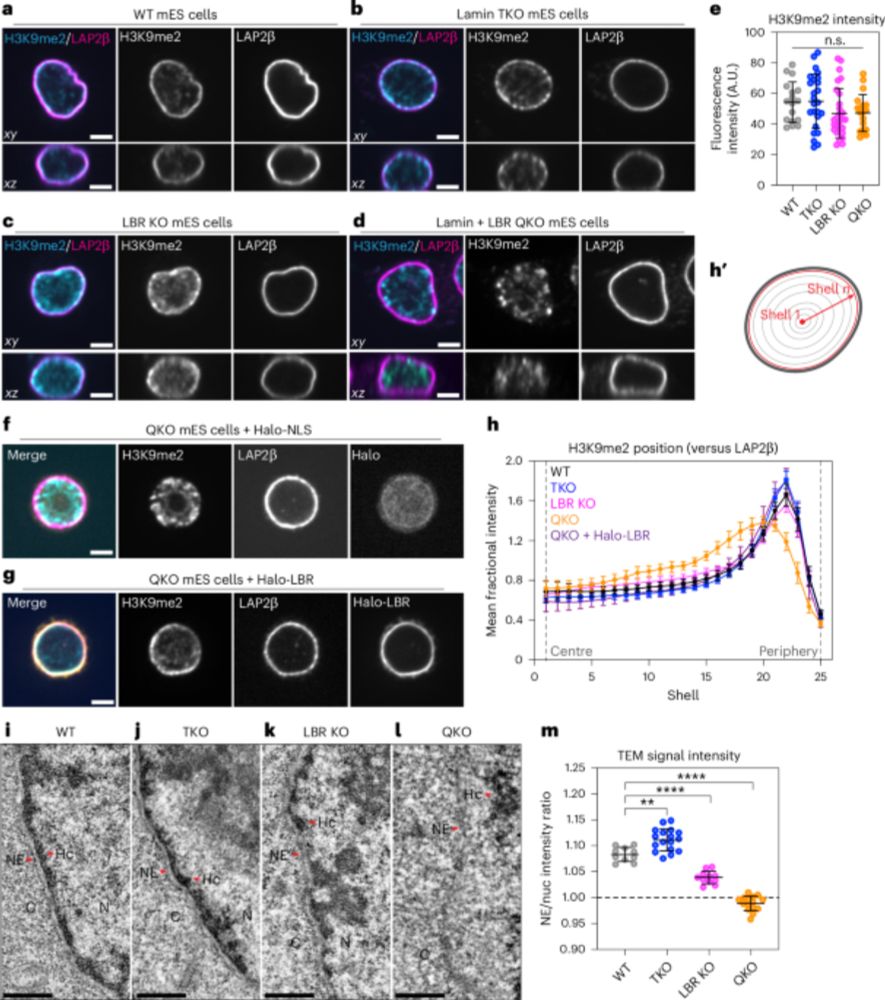
Another paper bluetorial! Today: how does the spatial location of genes influence their function? (1/n) www.nature.com/articles/s41...
22.07.2025 17:10 — 👍 126 🔁 53 💬 11 📌 3@akhalizieva.bsky.social @milokaptein.bsky.social @icrlordlab.bsky.social @fmattiroli.bsky.social @thijnbrummel.bsky.social and all our blueskyless collaborators
13.08.2025 15:44 — 👍 4 🔁 0 💬 0 📌 0I am also extremely thankful to my fellow lab members at @nkinl.bsky.social and our internal and external collaborators, whose expertise and dedication brought this project over the finish line. (8/8)
13.08.2025 15:44 — 👍 6 🔁 0 💬 1 📌 0This project has been a truly exciting chapter of my PhD journey and I am deeply grateful to everyone involved. A heartfelt thank you to my mentors, @josjonkers.bsky.social and @amazouzi.bsky.social for their guidance in solving the histone puzzle.
13.08.2025 15:44 — 👍 7 🔁 2 💬 1 📌 1💡 Take-home: Histone eviction is an immediate response to PARPi treatment and cancer cells are require an INO80–NASP–PARP1 axis for survival. Targeting histone turnover could therefore overcome drug resistance. (7/8)
13.08.2025 15:44 — 👍 4 🔁 1 💬 1 📌 0
However, NASP cannot do it all. It is supported by (1) the INO80 complex which remodels chromatin to evict histones, (2) which NASP then stabilises and stores and (3) PARP1 and other factors help reincorporate them. (6/8)
13.08.2025 15:44 — 👍 3 🔁 1 💬 1 📌 0
Lose NASP and even resistant tumor cells become resistant to PARPi. (5/8)
13.08.2025 15:44 — 👍 3 🔁 1 💬 1 📌 0
What are the factors mediating this histone release? To answer this we performed genome-wide genetic screens and identified NASP, a histone chaperone, as essential for handling these evicted histones. (4/8)
13.08.2025 15:44 — 👍 3 🔁 1 💬 1 📌 0
The answer was puzzling: Histones got kicked off the chromatin upon PARPi exposure. These free histones must be stored & recycled, otherwise cancer cells struggle to survive. (3/8)
13.08.2025 15:44 — 👍 2 🔁 1 💬 1 📌 0PARP inhibitors (PARPi) have clearly been a game changer for homologous recombination-deficient tumours, but therapy resistance remains a challenge. The impact of PARPi on DNA integrity has been very well described, but we wondered what happens to the chromatin environment? 🧬 (2/8)
13.08.2025 15:44 — 👍 2 🔁 1 💬 1 📌 0
Thrilled to share our latest work, just published in @nature.com ⬇
www.nature.com/articles/s41...
We discovered that PARP inhibitors 💊 trigger histone eviction from the chromatin and this creates a hidden vulnerability in PARPi resistant tumors.
🧵 (1/8)
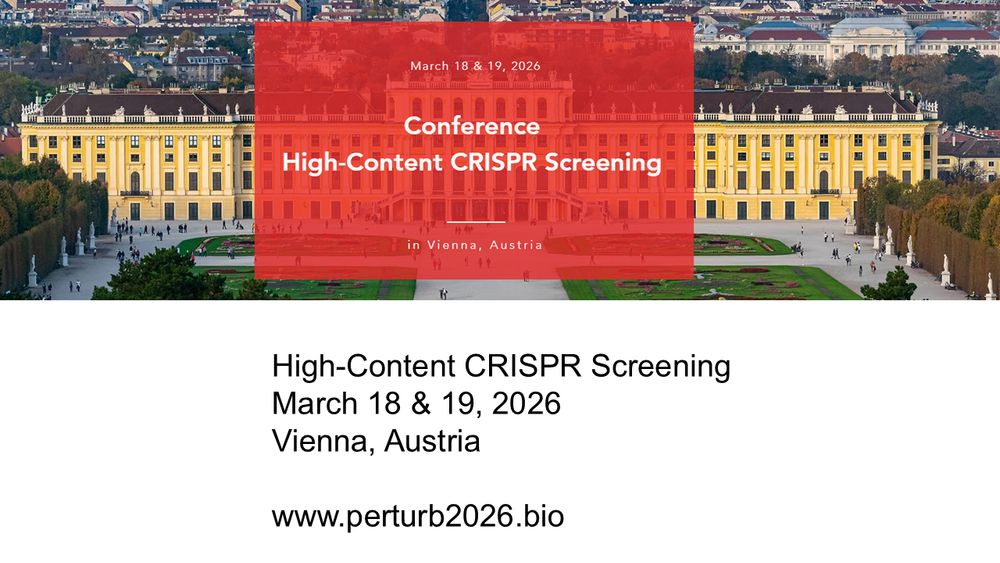
🗓️ @mylliabio.bsky.social sponsors the first conference on "High-Content CRISPR Screening" from March 18-19, 2026 in Vienna: perturb2026.bio
Scientific topics:
🔬 CRISPR-based screening strategies
🧬 Perturb-Seq & CROP-Seq
💻 Computational analyses
💻 AI models of human cells
📸 Image-based screens
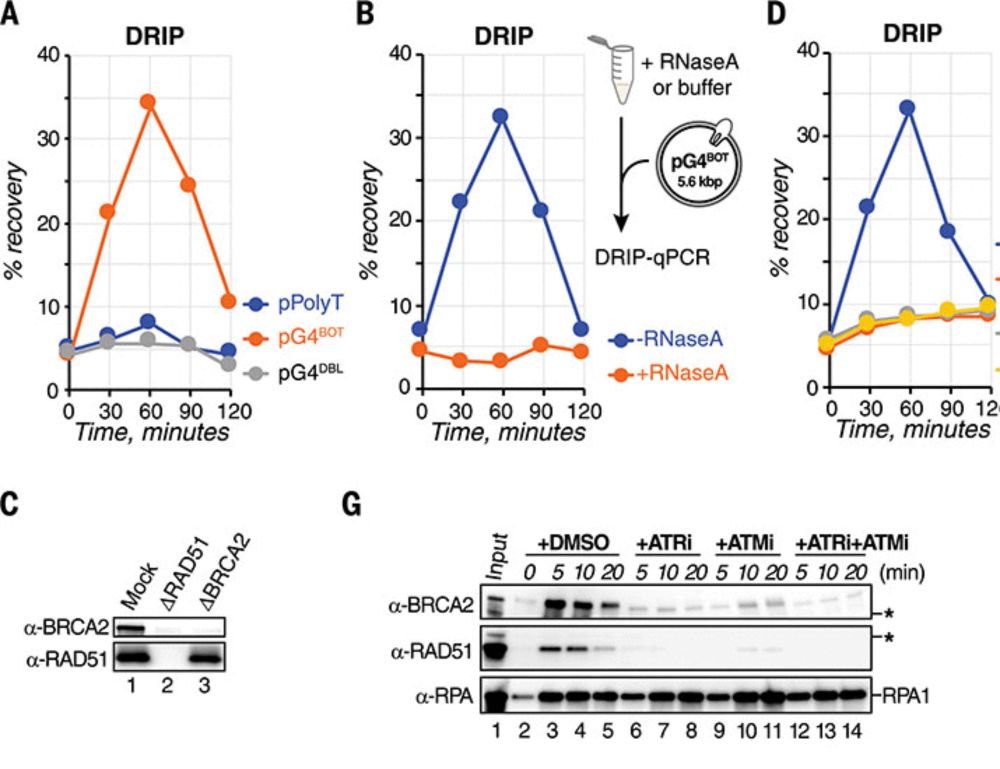
Excited our paper is out! G-quadruplex (G4) unwinding via an intricate G-loop assembly and disassembly mechanism maintains genome integrity. Pioneered by Koichi Sato with great collaborators Jing Lyu and @simonelsasser.bsky.social Check it out: www.science.org/doi/10.1126/science.adr0493 🧵(1/4)
13.06.2025 09:33 — 👍 77 🔁 22 💬 6 📌 3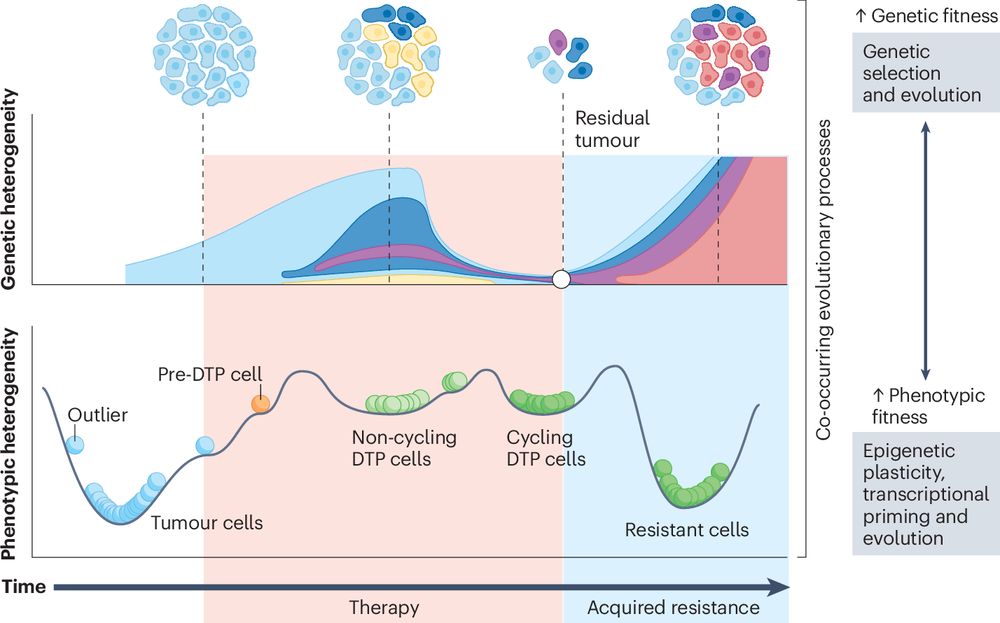
🚨Roadmap 🚨
Alice Soragni @alice.soragnilab.com, Erik S. Knudsen @roswellpark.bsky.social & Co discuss the mechanisms of acquired resistance and the models to better study it to advance predictive and proactive prevention in cancer therapy.
📖 ⬇️
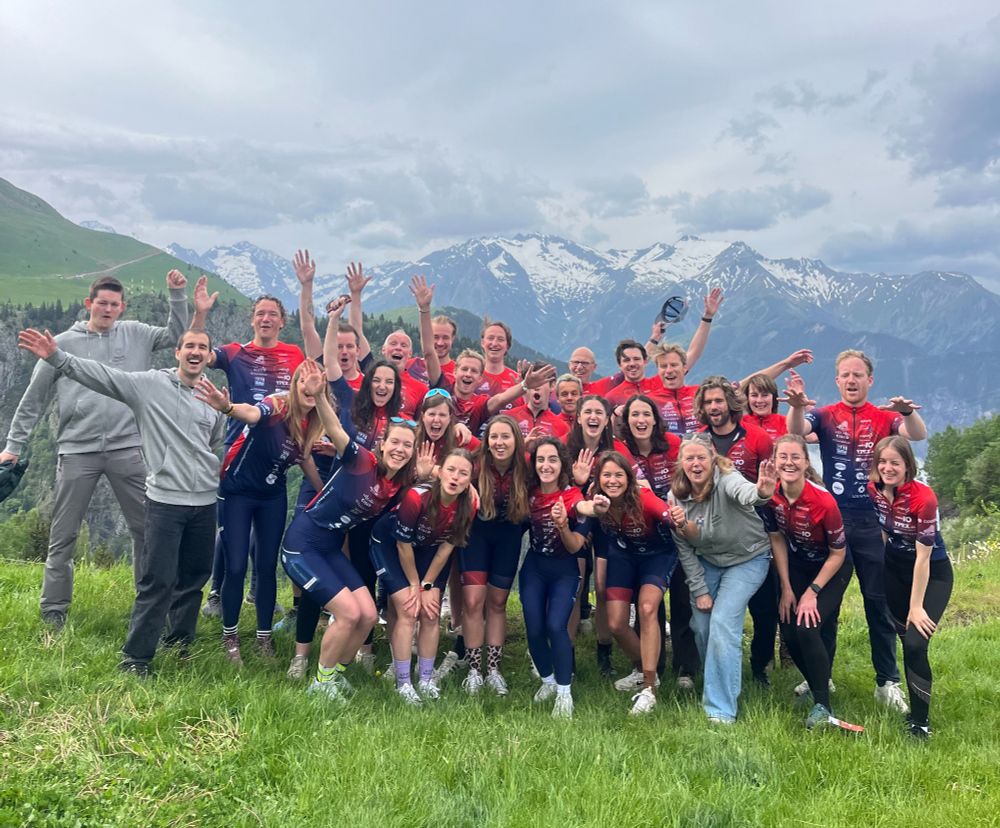
Today, these amazing NKI researchers are pushing their limits by climbing the Alpe d’Huez. Go for it lovely people! We are proud to see so many of you dedicate your time and effort to supporting cancer research.
With @oncodeinstitute.bsky.social
#AlpedHuZes #cancerresearch #ad6 #NKI
Excited to share our preprint on the molecular architecture of heterochromatin in human cells 🧬🔬w/ @jpkreysing.bsky.social, @johannesbetz.bsky.social,
@marinalusic.bsky.social, Turoňová lab, @hummerlab.bsky.social @becklab.bsky.social @mpibp.bsky.social
🔗 Preprint here tinyurl.com/3a74uanv
We’re excited to share our work where we investigated the mechanisms of chromosome motion by tracking all #chromosomes, mapping their interactions, and live cell karyotyping, using #AI based denoising, segmentation and registration, published in Nature Cell Biology.
www.nature.com/articles/s41...
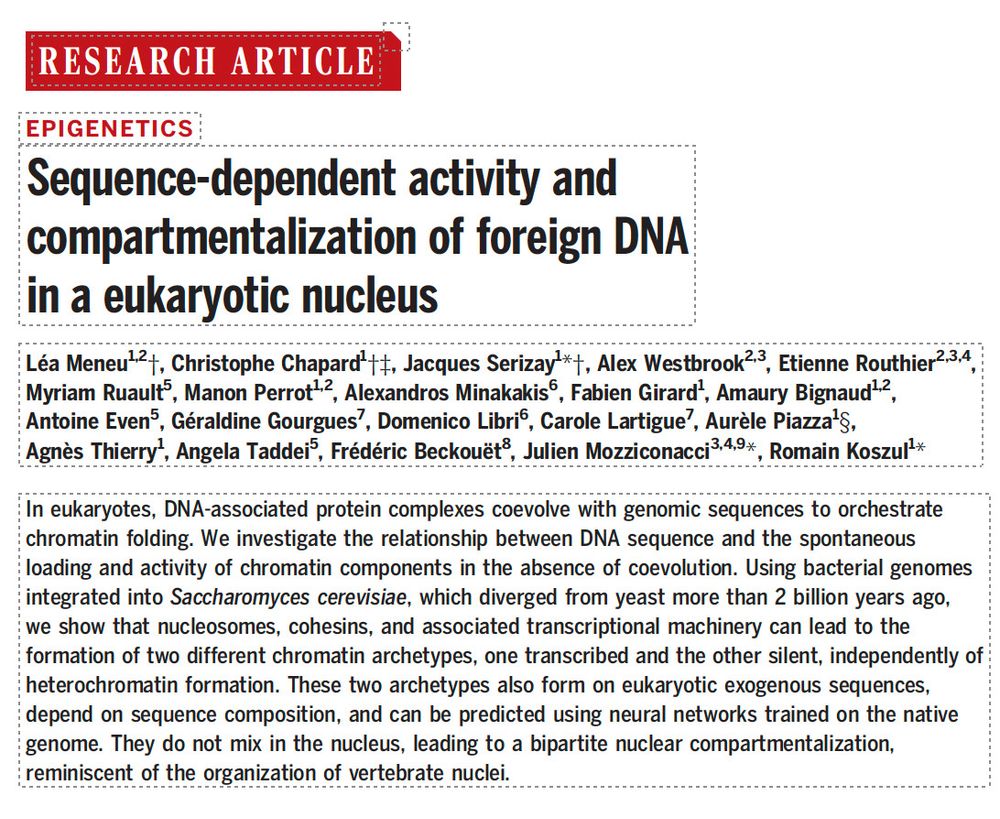
title, authors and abstract Sequence-dependent activity and compartmentalization of foreign DNA in a eukaryotic nucleus https://pubmed.ncbi.nlm.nih.gov/39913590/
In a remarkable new paper researchers take a very unconventional approach, introducing into yeast cells (S. cerevisiae) entirely new chromosomes whose DNA never existed in a eukaryotic nucleus. They do this by making the entire bacterial genome of two different bacteria into a yeast chromosome 3/n
28.03.2025 11:10 — 👍 55 🔁 19 💬 1 📌 3